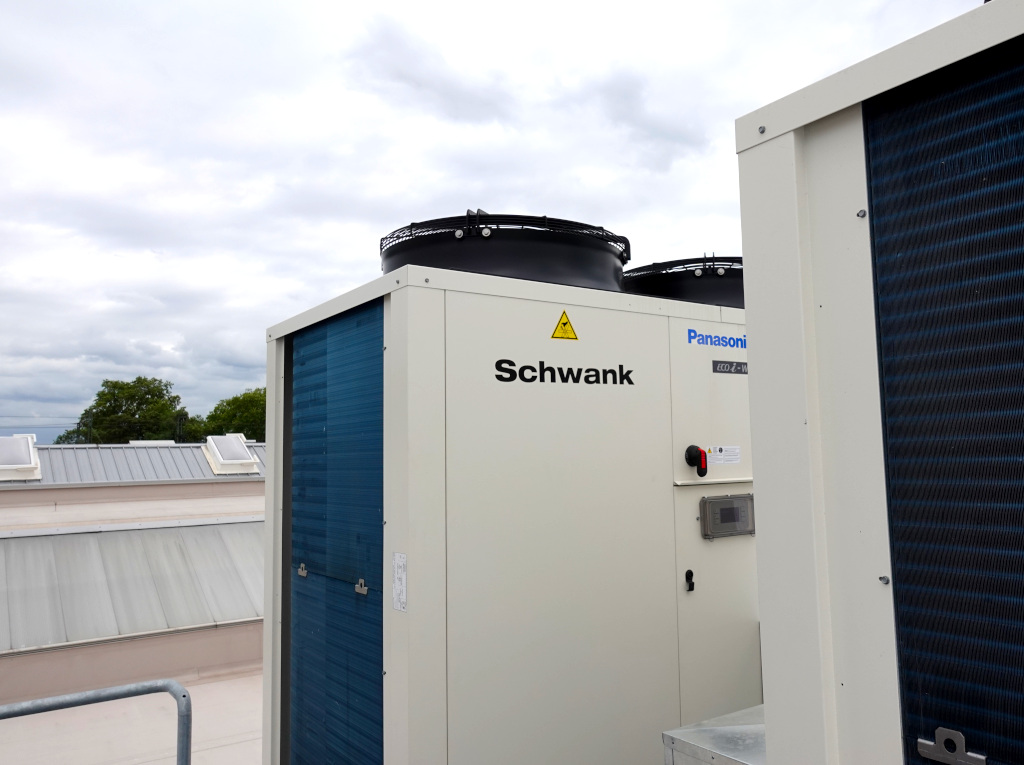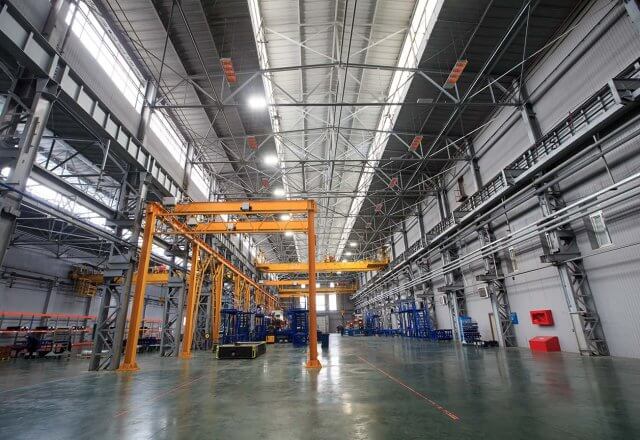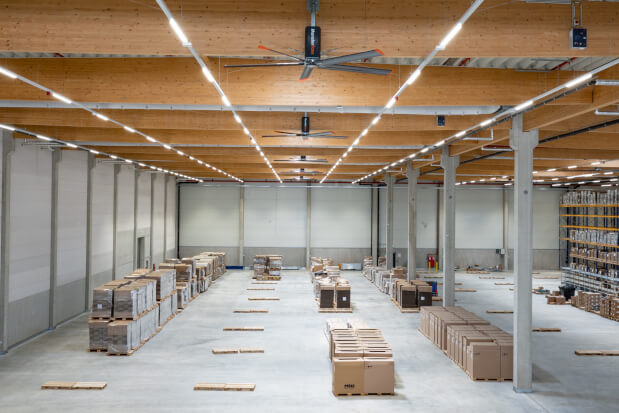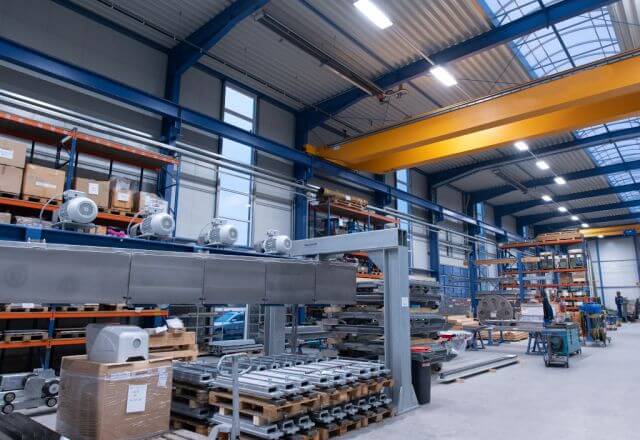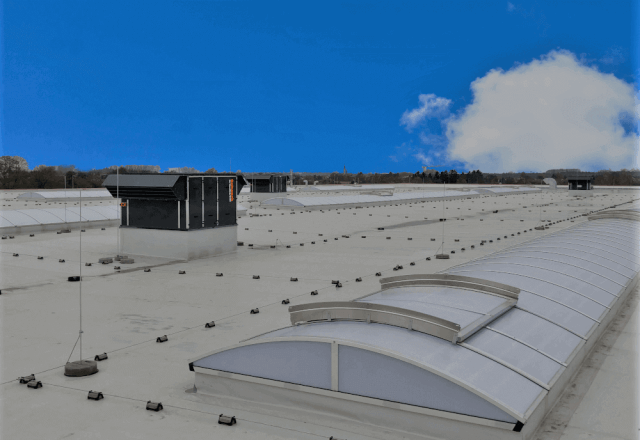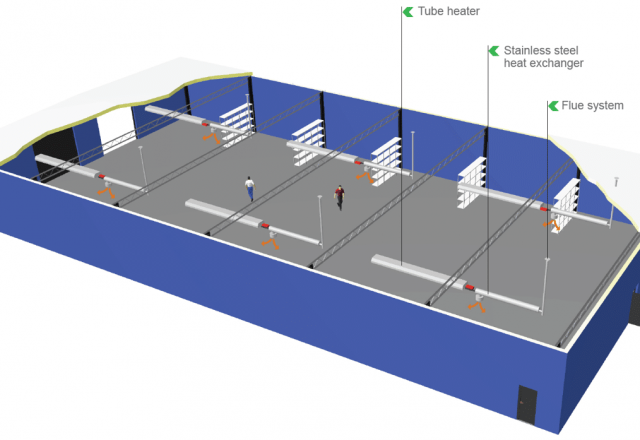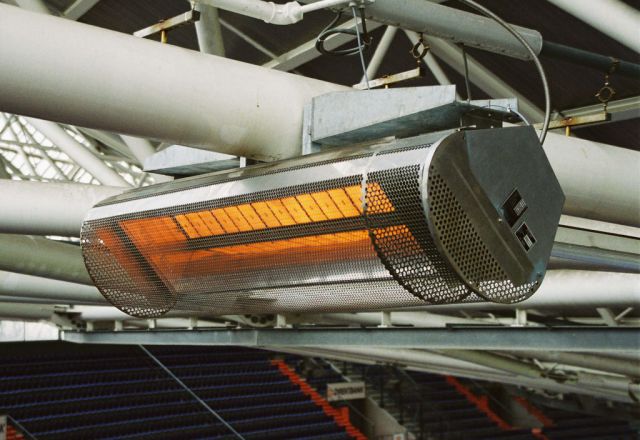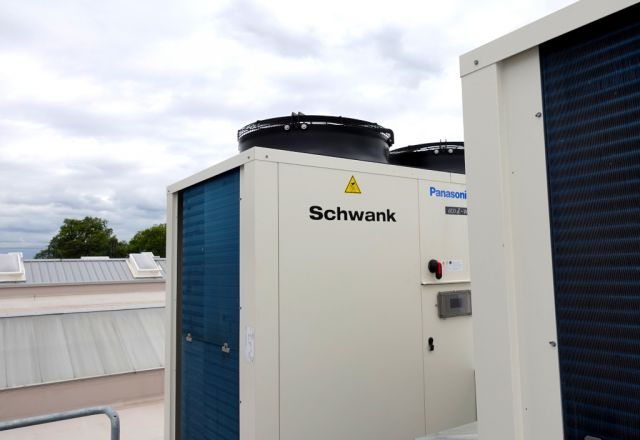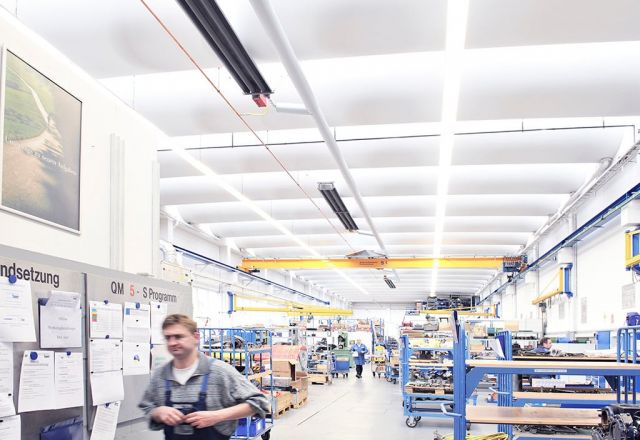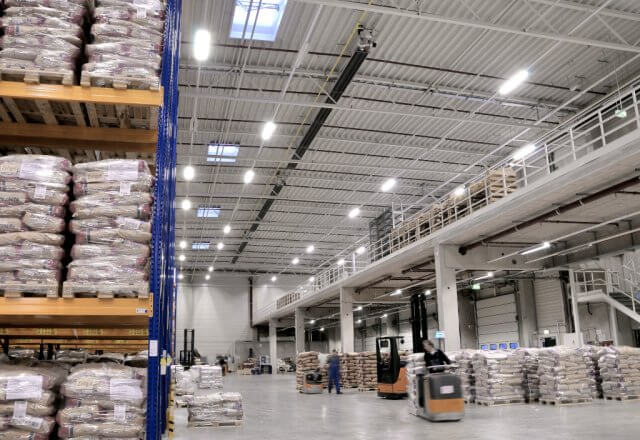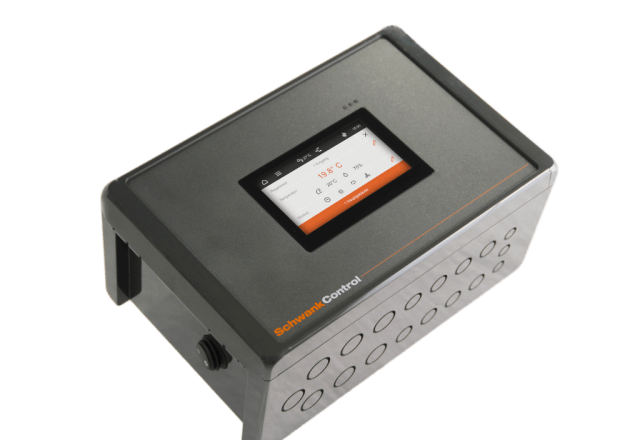The UK’s Office for National Statistics (ONS) has recorded significant rises in temperature over the first quarter of 2022. The ONS reported that:
“According to Department for Business, Energy and Industrial Strategy estimates, the average temperature in January to March 2022 was 6.6 degrees Celsius. When rounded, this is 1.3 degrees Celsius higher than the same period a year earlier (5.3 degrees), and 1.3 degrees higher than the long term mean for the same period of 5.2 degrees.”
Further into its report, the ONS commented on actions that businesses were taking to reduce the negative impact of their operations on climate change:
“The two most common were switching to LED bulbs and adjusting heating and cooling systems. These were reported by 29% and 24% of businesses respectively, up from 11% and 10% in late January 2022.”
The role of HVAC systems
Given today’s rises in temperature, workplace HVAC systems for cooling and ventilation have become as important as those for heating. They are essential for improving comfort levels for workers when conditions become too hot and to protect the vital processes and equipment within industrial and commercial buildings.
Excessive heat inside an industrial building can have a negative impact on employee morale, as well as their health & wellbeing. Significant rises in temperature can cause falls in productivity levels and lead to errors being made that could endanger workplace safety. Specialist equipment can also become damaged or inoperable, resulting in unexpected costs of repair or replacement.
From a global perspective, NASA reports that: “Nineteen of the hottest years have occurred since 2000… The year 2020 tied with 2016 for the hottest year on record since record-keeping began in 1880.”
Companies with international subsidiaries that are geographically located in the higher temperature regions therefore need to take particular note of how global warming is affecting, or will affect, their operations.
Schwank’s climate technology
On the Planning page of this website, we observe that: “The building to be heated is the focus of every project. Whether it is a new construction or a renovation, whether an industrial building or an open space – the plethora of varied requirements demands flexible solutions.”
The same is true for the installation of systems for cooling industrial buildings and ventilating the workplace environment. Every building is different as is the business located within it, its operational demands and its goals.
However, there has also been the increasingly pressing objective in recent years of reaching Net Zero emissions globally by the year 2050. As the ONS mentioned, adjusting their heating and cooling systems was seen by many companies as a way of supporting this.
A key element in reducing the carbon emissions of HVAC systems is energy efficiency. At the International Energy Agency’s (IEA) 7th Annual Global Conference on Energy Efficiency, held in Denmark from 7th to 9th June 2022, the IEA’s Executive Director Dr Fatih Birol commented that:
“Energy efficiency is a critical solution to so many of the world’s most urgent challenges – it can simultaneously make our energy supplies more affordable, more secure and more sustainable. But inexplicably, government and business leaders are failing to sufficiently act on this.”
Schwank’s advances in climate change technology are focused on maximising energy efficiency, using diverse sustainable resources and reducing carbon and other environmentally damaging emissions. In terms of business customers we have dealt with internationally, our experience has been more positive than Dr Birol indicated his has been.
Schwank is represented by subsidiary branches and a comprehensive network of partners in over 40 countries around the world. Even in spite of the pandemic and the impact of conflict in Europe, we have come across many instances of companies that are putting environmental considerations high up on their agendas.
A flexible range of options
Here at Schwank we offer a range of specialist cooling and ventilation systems which can be suited for the varying needs of industrial businesses.
These systems include:
- Air handling units: These primarily roof-mounted systems can be used within a wide range of industrial buildings and industry sectors. The units remove heat or material load, reduce particles from the outside air and control humidity. Filters clean the air efficiently before releasing cooler and cleaner air.
- HVLS fans: HVLS stands for High Volume & Low Speed. HVLS “Monster” fans have diameters ranging from 12 ft. to 24 ft. (3,6m – 7,3m) and are mounted below the ceiling, operating at very low speeds (usually between 10-95 rpm). They move enormous amounts of air, creating a pleasant cool breeze on the skin on hot summer days. HVLS fans are a very cost-effective as well as environmentally friendly alternative to air conditioning.
- Heat pumps and chillers: In association with our partners Panasonic, Schwank offers a wide range of gas-fired, hybrid and electric-powered heat pumps and chillers. These energy-efficient climate systems offer cost-effective, eco-friendly methods of temperature control for industry, logistics and a wide range of other sectors.
The cooling of industrial buildings is an important and complicated process which requires professional knowledge and skills to create and install the perfect system for the temperature management in industrial buildings. Schwank cooling solutions and intelligent temperature control systems are specially tailored to meet individual business requirements in close consultation with our customers.
Schwank engineers and technicians are continually working on creating the next innovative heating or cooling system which will provide benefits for a wide range of businesses. If you are interested in the cooling of industrial buildings and need help from an expert, then please get in touch.

